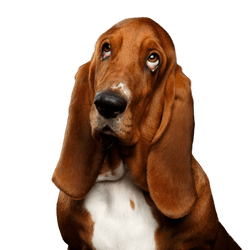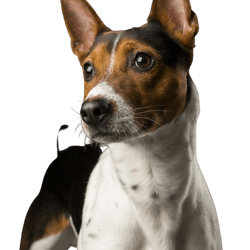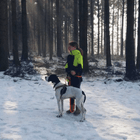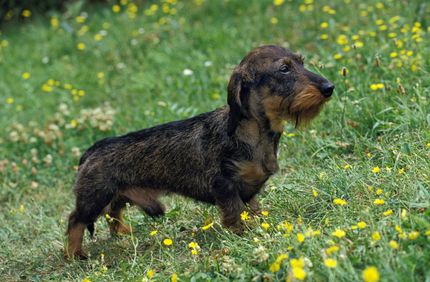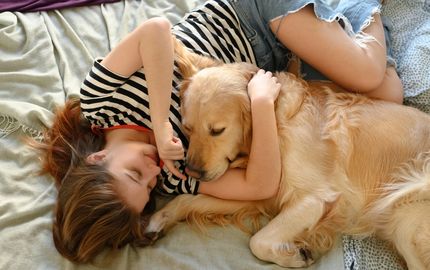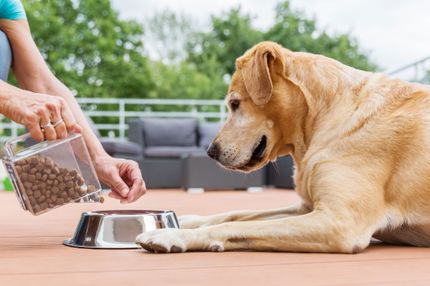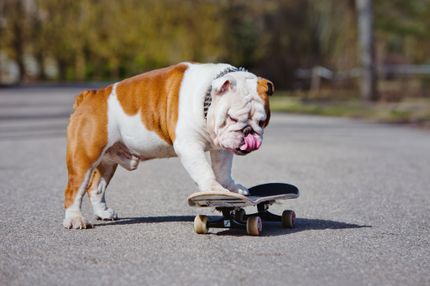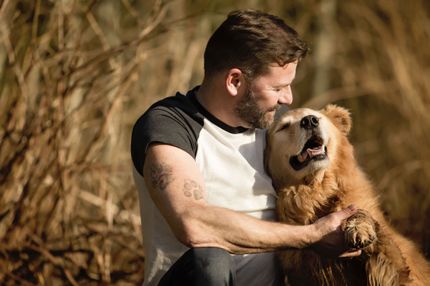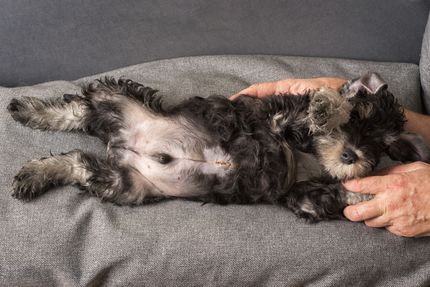Facts & Origin
Origin and history of the Rat Basset
The Rat Basset is a mixed breed between a Basset Hound and a Rat Terrier. Both parent breeds originated in Europe, more specifically England and France.
Basset Hounds were originally used for hunting mainly hares and rabbits, while Rat Terriers were used as rat hunters in Britain. This mix is not as common as others and it is not known exactly when or why it was first bred.
Suitability and attitude
Due to his level of intelligence and energy, the Rat Basset tends to get bored quickly. Therefore, he needs regular physical activity and mental stimulation. Therefore, these dogs are best suited for active families who are willing to invest time in their training and care.
| Alternate Name | - |
| Origin | France - USA |
| Life expectancy | 10 - 18 years |
| Care requirements | low-maintenance |
| Activity level | low - average |
| FCI group | not recognised |
| AKC group | not recognised |
| KC group | not recognised |
More Basset Hound mixes
More American Rat Terrier mixes
Attitude, character and temperament of the breed
Character and temperament
Primarily friendly and affectionate dogs, Rat Bassets make excellent family dogs. They are reliable, intelligent and love to play, especially with children. They have high energy and therefore need plenty of exercise and mental stimulation.
- Playful and active
- Affectionate and family oriented
- Intelligent and eager to learn
Rat Bassets typically inherit the best mix of temperaments from their parents. They are active, energetic and intelligent, with the expertise of a Terrier and the determination of a Basset Hound. They are also loyal to their family and have the ability to integrate well in new environments and with other pets or children.
The crossing of these two breeds creates a distinctive look and temperament that makes it an excellent choice for those looking for a playful and energetic companion.
Character
Usage
Care and health
As mixed breed dogs , Rat Bassets tend to have fewer health problems than their purebred counterparts. Regular exercise and a healthy diet are critical to preventing obesity and resulting health problems.
However, just like all mixed breed dogs, they can be susceptible to the health conditions common in their parent breeds. These include joint problems, skin allergies and heart disease. Regular vet visits and checkups are important to detect and treat these problems early.
Their short coats require minimal care, but their ears should be checked regularly for inflammation or infection. Likewise, brushing their teeth is an important item that tends to be overlooked.
Breeding the Rat Basset
Breeding Rat Bassets should be done by responsible and experienced breeders who always keep the health and welfare of the parent animals in mind. It is recommended that only healthy and well-behaved parents be used for breeding and that puppies undergo a thorough health check before being released to their new families.
What does this mixed breed look like?
The Rat Basset falls under the category of small to medium sized dogs. A typical Rat Basset has the stocky build and elongated body of a Basset, but the longer legs and narrow muzzle of a Rat Terrier. His coat is short, and colors range from light shades of cream to darker shades of brown and black.
His build is usually sturdy and strong, making him a hardy, active dog. The Rat Basset's head is usually medium-sized with a pronounced muzzle and large, expressive eyes.
| Fur length | short |
| Fur | flat coated |
| Ear shape | Floppy Ear - Standing Ears |
| Tail | short - stubby |
| Anatomy | massive, hefty, slim |
| Size ♀ | 28 - 46 cm |
| Weight ♀ | 5 - 27 kg |
| Size ♂ | 30 - 46 cm |
| Weight ♂ | 5 - 29 kg |
| Suitable For | - |
Known Diseases
Overweight
Often, unfortunately, the dogs very much under excess weight. But the dogs themselves are never to blame!
Disc problems
Herniated disc in dogs (discopathy). Herniated discs or dachshund paralysis cause dogs severe pain.
FAQ
-
A mix of Basset Hound and Rat Terrier is described as an energetic, intelligent and affectionate hybrid breed. These dogs are good natured and social with people as well as other animals and tend to be very affectionate.
-
The Council Basset requires care such as regular brushing to keep the coat healthy. In addition, the nails must be trimmed regularly and the ears and teeth checked.
-
It is important that the food is always adapted to the activity level, size and age of the dog.
-
This mongrel has a life expectancy of about 10 to 15 years.
-
No, no dog should be left alone for a long time. Especially not the Council Basset, because it is known for its close relationship with the owner.
